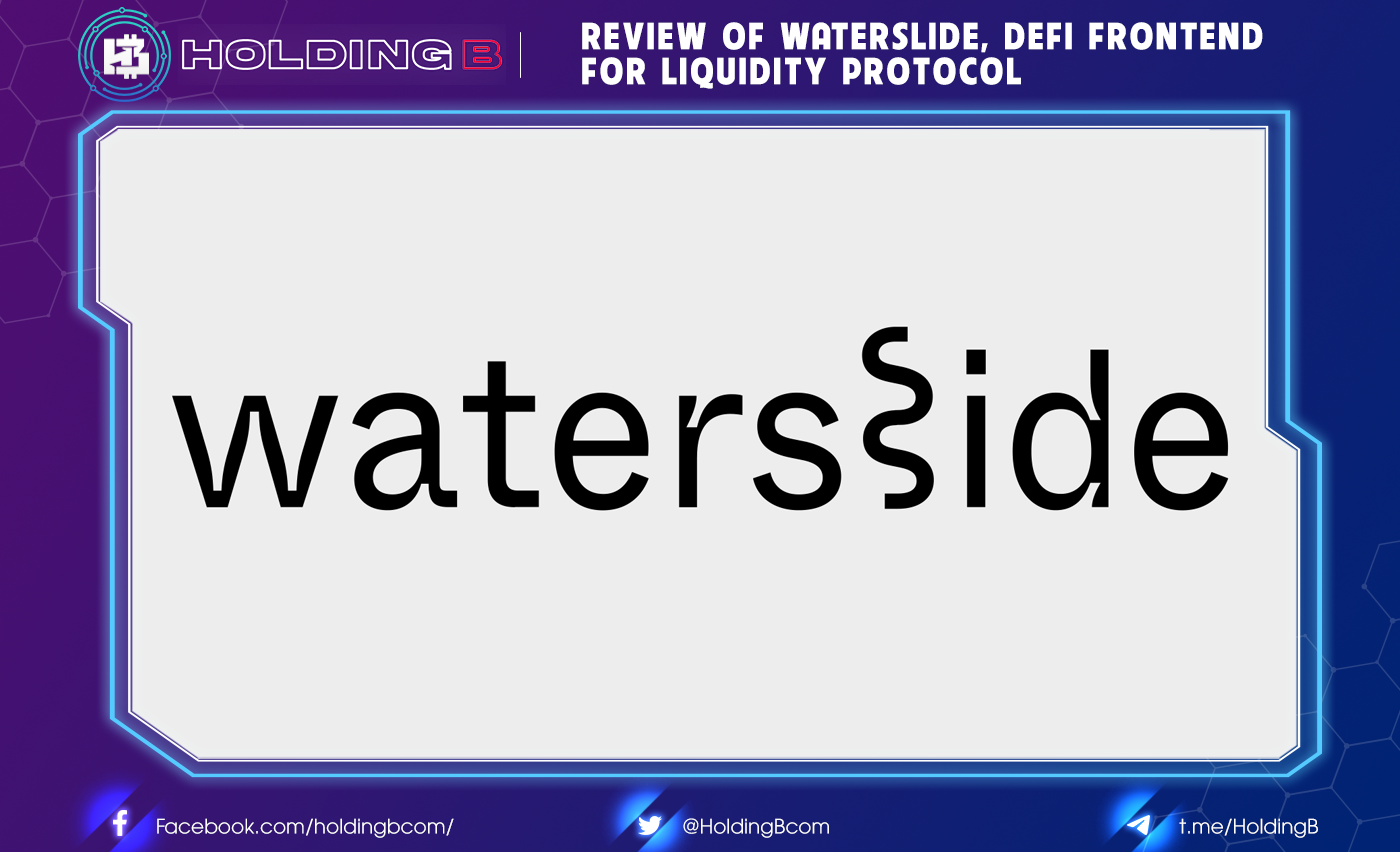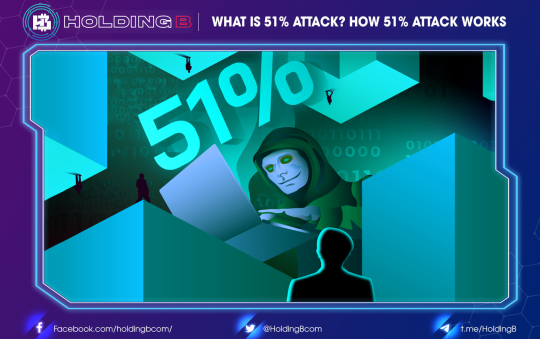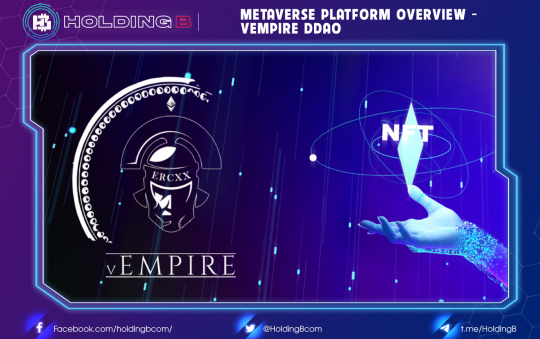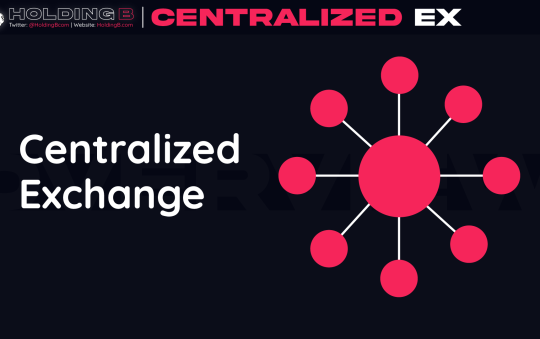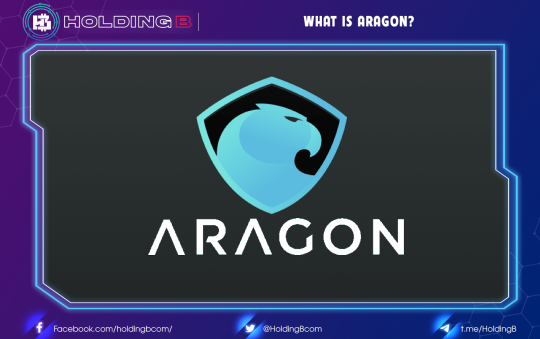The Decentralized Finance (DeFi) ecosystem offers products and services that deserve to be known. If you are looking for new opportunities to make money in the crypto space, don’t miss the amazing possibilities offered by the Waterslide and Liquidity protocol.
Through Waterslide, you will be able to get a loan with a minimum collateral rate of 110%, no term, and 0% interest. Research the different strategies available to get the best return on investment.
What is Waterslide Liquidity?
Waterslide is the first Decentralized Frontend for the Liquidity Protocol that runs on the Internet Computer. Frontends allow their visitors to interact with Liquity’s Ethereum smart contracts through a beautiful user interface. The synergy between both Ethereum and the Internet allows for completely decentralized DApps for DeFi.
Take advantage of the great water slide opportunities to apply early. Users who deposit through their UI will receive a return rate of 99%. This means that 99% of the LQTY bonus from the deposit to the stable pool through their UI will go straight to your pocket. As the User Interface is built and new functionality is added, the kickback rate will decrease over time.
The designers of Waterslide are revamping the entire Frontend. Custom skins and extra features are being created to give you the best service. Use the current UI and come back from time to time to see how it evolves and what new features are added. Some of the features that Waterslide is planning to add are:
Use the Chain key cryptography when available. Canisters will certainly be able to hold Ether and Bitcoin. They believe this will lead to a Cambrian boom for DeFi on Internet Computers and previously unimaginable mechanisms and dApps.
Use DSProxy to make multiple contract calls in a single transaction.
Try and experiment with further synergies between Internet Computing capabilities combined with DeFi on Ethereum.
Don’t wait any longer and give the waterlide.app a try (note: You need to have MetaMask installed at the moment, but Waterslide will certainly support other wallet providers soon).
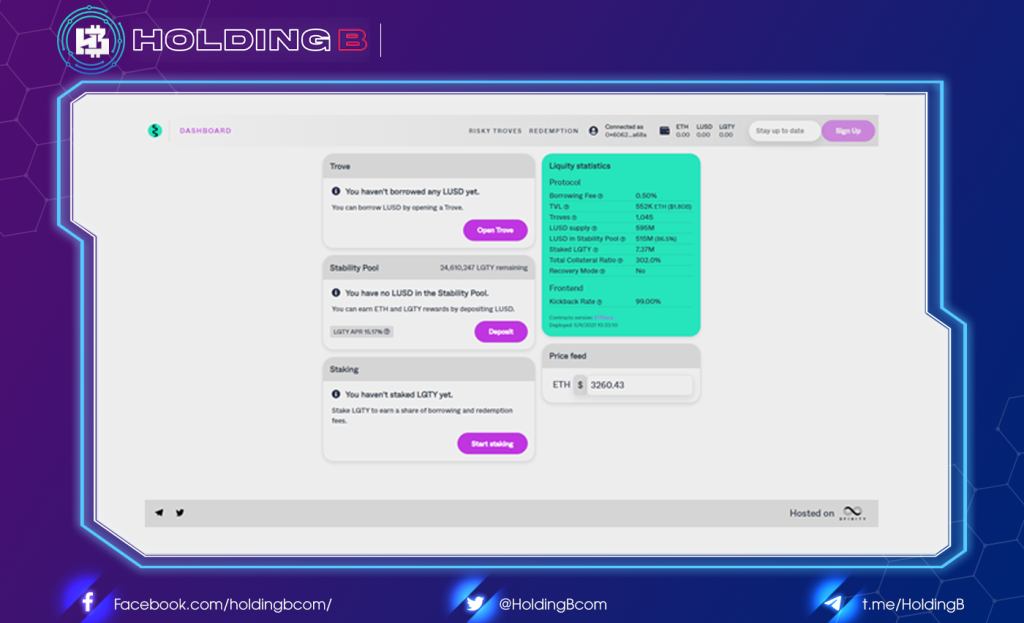
LUSD & LQTY Token
LUSD is a stablecoin that remains roughly pegged to the US Dollar:
1 LUSD = 1 USD
Once you have completed the loan, you will receive LUSD. You can spend it on any assets you anticipate to appreciate and profit from these purchases without spending your ETH.
Instead of spending your LUSD on some other cryptocurrencies, you also have the option of depositing it into Liquity’s stable pool. This means that you temporarily deposit your LUSD into the protocol. In return, you receive LQTY (a reward token for the protocol) as well as a small amount of ETH when everyone’s positions are liquidated.
What is Liquidity?
Liquidity is a decentralized lending protocol that allows users to borrow money against an underlying collateralized payment (ETH), similar to how street banks allow people to borrow money against collateral. tangible (usually cash or real estate). Loans are paid in LUSD and need to maintain a minimum collateral ratio of only 110%.
Third-party UI applications and integration services access Liquidity. To access the system, you need to choose a web interface (frontend) such as Waterslide. The economic incentive to run Frontend is that they can set their return rate. In a word, the kickback rate determines the percentage of rewards received by the user and the amount paid to the front end of the protocol. For example, Waterslide has set a return rate of 99%. This means that 99% of the rewards go straight to your pocket and 1% into the Waterslide.
There are two different ways to generate revenue using Liquidity:
- Deposit LUSD to Stable Pool and earn liquidation profit and LQTY rewards.
- Stake LQTY and earn revenue from issuance fees (in LUSD) and redemption fees (in ETH).
Is it possible to use ICP as collateral instead of ETH in the future?
There are two possible ways of using ICP as collateral instead of ETH:
Direct: Liquidity Protocol has received funding from the Beacon Foundation. Beacon Fund is a venture capital fund in the DFINITY ecosystem, led by Polychain Capital and backed by a16z and the DFINITY Foundation. This quote from their website: “Beacon is an investment fund focused on sourcing, evaluating, and supporting world-class applications and services built on top of Internet Computing.” The funding and the fact that founder and CEO Robert Lauko used to work for DFINITY speaks to the fact that Liquid Protocol could soon be available on Internet Computers, possibly with ICP as collateral. This would be a direct way of using ICP as collateral on the Internet Computer protocol version.
Indirect: Several teams are actively working on building an ICP <> ETH bridge, something that Chain Key Technology is aiming to provide soon. If this bridge goes live, it will allow users to directly swap their ICP for ETH, which can then be used with the Liquidity Protocol. Unfortunately, this way you are tied to changes in the value of ETH, not ICP. This will be the indirect way
Why are Waterslide and Liquidity better together?
Websites that interact with smart contracts on Ethereum are often hosted on centralized cloud providers like AWS (Amazon Web Services). This opens the door to censorship, platform risks, regulation, and attacks. As long as the DeFi interfaces that people use are hosted in the cloud, DeFi applications will be vulnerable.
Waterslide is a Frontend for a protocol that has smart contracts running on Ethereum, while Waterslide itself is hosted on an Internet Computer. Waterslide is harnessing the power of both networks, which makes it truly decentralized. Internet Computing enables secure storage of Frontends, making every aspect of a DeFi application immutable.
Upcoming goals
Waterslide wants to be exceptionally secure and decentralized and intends to stand out with its distinctive design. This project wants to position itself as a DeFi hub that develops and hosts secure and user-friendly Frontends for various projects.
After implementing the new functionality and new design of the Waterslide Frontend, the team is also thinking about building a token model that will allow water slide users to simultaneously become part owners. The token model will be very close to the Internet Computing model in terms of governance, and holders will vote on proposals that determine the future of the service.
In addition, token holders will receive a share of the revenue that Waterslide generates in proportion to their stake. In the best-case scenario, the platform will release its Service Network System (SNS) in a slightly customizable way to tailor it to their needs.
Official Channels:
waterslide.app | Newsletter | Twitter | Telegram | Email
See ya in the next article !
Don’t forget to follow useful articles about Crypto Market from team Holding B !!!
- Telegram Channel: https://t.me/HoldingBcom
- Telegram Group: https://t.me/HoldingB
- Website: https://holdingb.com/
- Twitter: https://twitter.com/HoldingBcom
- Facebook: https://www.facebook.com/holdingbcom

